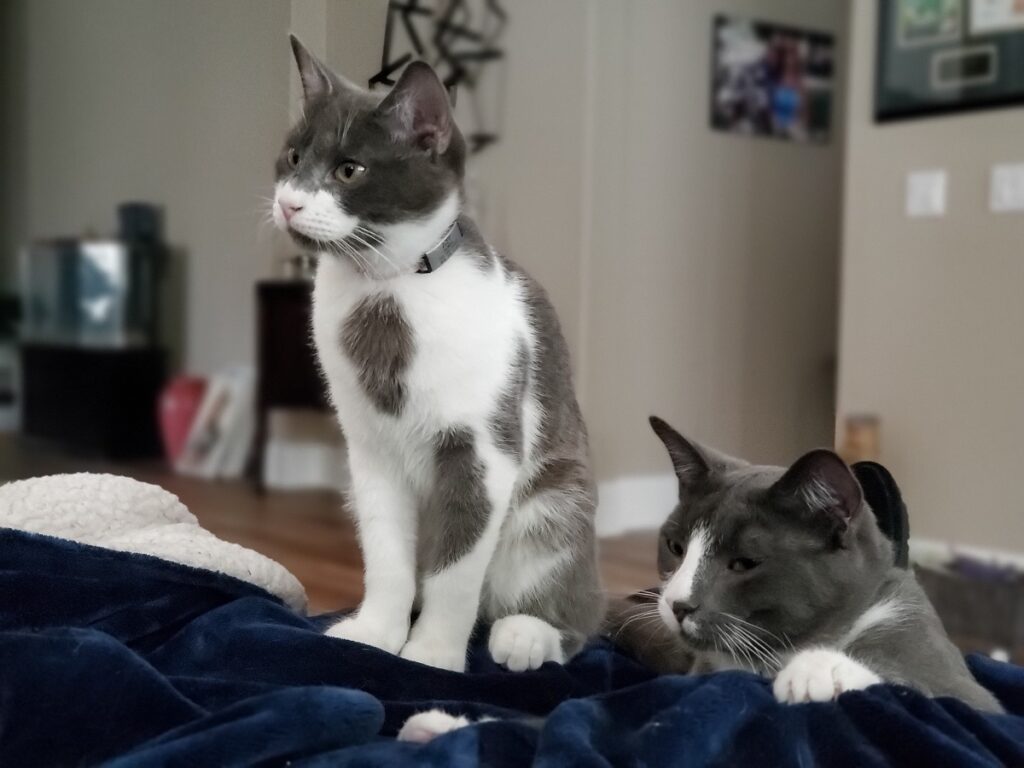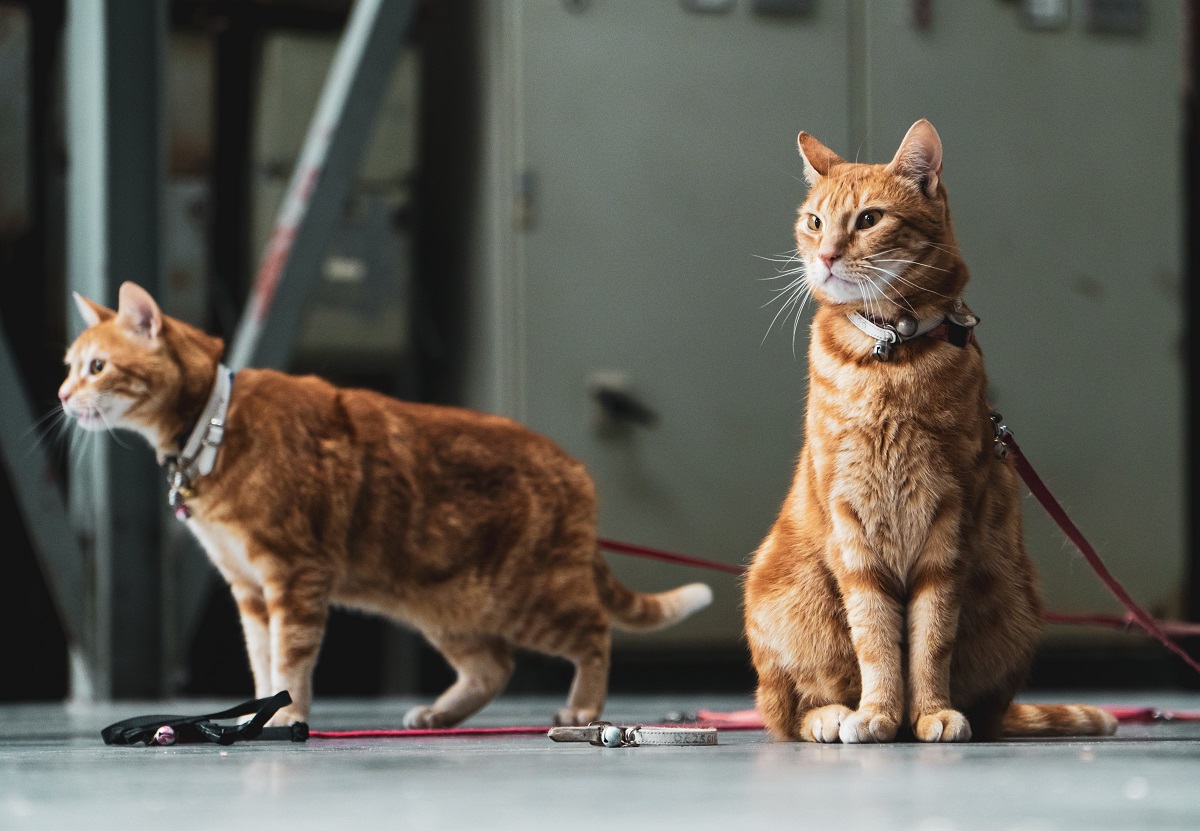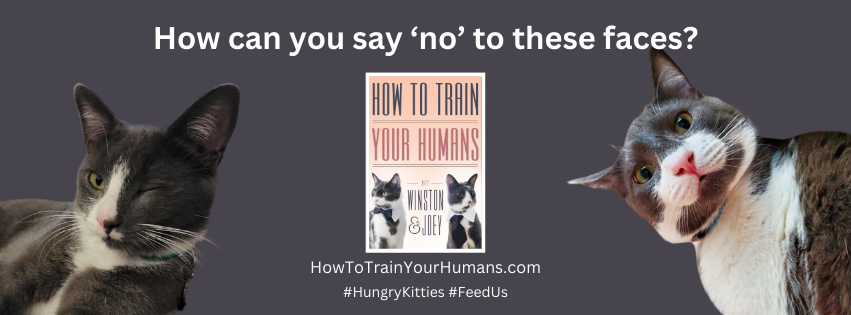Positive reinforcement sounds fancy, but it’s really just a way to say, “Hey, I like that — do it again!” And cats? They totally get it. When used right, positive reinforcement can turn your aloof feline into a willing training partner. Whether you’re trying to stop scratching, teach a trick, or just bond more with your cat, rewards-based training is the most effective (and kind) way to get results.
This guide walks you through how it works, why it works, and how to get started. No stress, no yelling, and no water bottles required.
Understanding How Cats Learn
Before you start waving treats around, it helps to understand how cats think. Unlike dogs, who often aim to please, cats are more independent and less concerned about your opinion. They’re not ignoring you to be rude. They just need a reason to listen.
Cats learn best through associative learning. That means they repeat behaviors that lead to something good and avoid behaviors that lead to something bad or nothing at all. This is why positive reinforcement is so powerful: it taps into what your cat already understands. When sitting politely earns a treat and meowing at 3 a.m. gets ignored, your cat quickly figures out which option pays off.
Cats are also super sensitive to their environment. Body language, tone of voice, and routine all play a part. If something feels safe and rewarding, your cat is more likely to engage. If it feels unpredictable or threatening, your cat will back off.
Why Timing Matters
When your cat does something you like, reward it immediately. Even a few seconds’ delay can confuse them. If you wait too long, they might think they’re being rewarded for blinking, sitting down, or licking their paw — whatever they did right before the treat showed up.
A clicker (more on that in a minute) can help you mark the exact moment your cat gets it right. But whether you’re clicking or saying “yes!”, the reward needs to follow right away to make the lesson stick.
What Is Positive Reinforcement?
Positive reinforcement means adding something good to increase the chance of a behavior happening again. In the case of cats, “something good” usually means a snack, a play session, or some affection (if your cat is into that sort of thing).
Let’s say your cat uses their scratching post instead of the couch. You toss them a treat. Boom — positive reinforcement. Do it enough times, and that scratching post becomes a five-star hangout.
It works because cats are smart. They’re always looking for patterns. When the pattern is “scratch here, get snack,” they’ll repeat that behavior every time.
Related read: Why Declawing Your Cat Does More Harm Than Good.
Tools You’ll Want to Have
You don’t need a suitcase full of gear to get started, but these tools will make things easier:
- High-value treats: Tiny, tasty, and quick to eat. Think tuna, freeze-dried chicken, or lickable tubes.
- Clicker: A small device that makes a consistent “click” sound to mark the exact behavior you want.
- Target stick: Useful for guiding movement and teaching more advanced tricks.
- Treat pouch: Keeps you from fumbling while your cat waits for their reward.
- Toys: For cats that are more play-motivated than treat-driven.
Tip: Some cats love baby food, cooked chicken, or even a few seconds with a feather toy as a reward. Experiment until you find what lights up your cat’s eyes.
How to Teach Basic Behaviors
Let’s get into the fun part. Training! Here are some beginner-friendly behaviors that are perfect for positive reinforcement.
- Sit: Hold a treat above your cat’s nose and slowly move it back over their head. Their rear will usually lower to the ground. As soon as they sit, click and treat. Add the cue word “sit” once they start doing it regularly.
- Come When Called: Start close by. Say your cat’s name or “come,” and when they move toward you, reward them. Gradually increase the distance and add distractions. Always make coming to you rewarding — never call your cat over for something unpleasant.
- High-Five: Wait for your cat to lift a paw (some do this naturally). Click and treat. Gradually shape the behavior until they touch your hand. Soon you’ll have a high-fiving feline who’ll impress everyone at the dinner table.
- Target Training: Teach your cat to touch the end of a stick (or your finger) with their nose. Reward every touch. Once they understand, you can guide them onto scales, into carriers, or even through obstacle courses. All without lifting a finger.
- Use the Scratching Post: Every time your cat scratches something appropriate, throw a party. Give them treats, praise, or a quick game. Whatever your cat loves. Make the scratcher the most rewarding place to leave claw marks.
What to Do When Things Don’t Go as Planned
Training isn’t always smooth sailing. Here are some common issues and how to handle them:
- My Cat Walks Away During Training: No problem. End the session on a good note and try again later. Keep sessions short and engaging. Most cats do best with 5–10 minutes at a time.
- My Cat Doesn’t Care About Treats: Try something else: a feather toy, a laser pointer, a cardboard box. The best reward is the one your cat gets excited about.
- My Cat Seems Frustrated: Back up a step. If you’re asking for too much too fast, your cat may get overwhelmed. Break the behavior down into smaller chunks and reward every little win.
- My Cat Only Performs for Food: That’s okay at first. Once the behavior is solid, start phasing out food every time. Reward with petting, toys, or occasional treats. You want to keep them guessing. Like a slot machine, but with tuna.
Solving Common Behavior Problems
Positive reinforcement isn’t just for tricks. It’s also a great way to fix everyday challenges.
- Scratching the Furniture: Redirect your cat to a scratcher and reward every use. Make the scratcher appealing with catnip or treats. Cover the couch with something less fun (like double-sided tape) while they’re learning.
- Litter Box Problems: First, check with your vet. If it’s behavioral, praise and treat your cat after they use the box correctly. Never punish accidents. Make the box clean, quiet, and easy to access.
- Aggression or Fear: Figure out the trigger and go slow. Pair scary things with rewards at a safe distance. Over time, your cat will start to associate them with good stuff. Always work at your cat’s pace.
- Meowing at Night: If your cat meows for attention at 3 a.m., don’t give in. Wait until they’re quiet, then reward that behavior. During the day, give them more playtime and training to wear them out.
The Bigger Benefits
Training your cat with positive reinforcement doesn’t just improve behavior — it makes life better for both of you.
- Strengthens your bond: Your cat learns to trust you and look to you for guidance.
- Boosts confidence: Especially helpful for shy or fearful cats.
- Reduces boredom: Training provides mental stimulation and prevents destructive behavior.
- Improves handling: Nail trims, vet visits, and grooming become easier when your cat feels safe and in control.
Cats trained with kindness are often more social, more relaxed, and more fun to be around. And you get to feel like a wizard every time your cat does a trick.

Dear Joey, I’ve got to tell you about this thing the humans do. It’s like a game. Do something they like, and you score some pretty awesome rewards. Oh, that’s it. Just like that. You’re doing it. Just wait for it… keep sitting there like a statue and… Bam! There it is. You get a juicy tuna treat. Or scratch that tall, rough thing instead of the soft, squishy couch, and voila – head scratches galore! It’s like unlocking secret levels in a video game. The key is to keep your eyes on the prize, and remember, timing is everything. #GameOfCats #KittyTreats #HumansAreEasy
Winston and his furry pupil Joey
How to Read Your Cat’s Body Language
Understanding what your cat is really saying helps make training smoother. Here’s what to look for:
- Ears forward: Curious and relaxed.
- Ears flat: Anxious or overstimulated.
- Tail up: Confident and happy.
- Tail twitching: Slight irritation.
- Tail thumping: Back off, they’re annoyed.
- Slow blink: Total love and trust.
- Wide eyes with big pupils: Very excited… or very scared. Look at the context.
If your cat walks away, hides, or flicks their tail rapidly, give them a break. Training should always be fun and never forced.
Real-Life Success Stories
- Bella the Shelter Cat: Terrified of people, Bella transformed after a few weeks of clicker training. She went from hiding to doing tricks and was adopted the day she became available.
- Mark’s Meowing Cat: Mark used to be woken up every night by loud meows. By ignoring the meowing and rewarding quiet behavior, his cat learned that silence equals breakfast.
- Whiskers and Nail Trims: Whiskers hated having his nails clipped. But after weeks of slow, reward-based desensitization, he now sits calmly for trims. And even purrs through them.
These stories all have one thing in common: the cats wanted to cooperate. And that’s what positive reinforcement is all about.
Final Thoughts
Cats don’t need to be bribed, dominated, or corrected. They just need to understand what’s in it for them. Positive reinforcement works with your cat’s natural instincts and teaches them to love learning. It builds trust, boosts confidence, and turns training into something you both look forward to.
Whether you want your cat to sit on cue, stop scratching the couch, or just come when called, this method makes it possible. All you need is patience, consistency, and the right reward.
Your cat’s ready when you are.
Sources:
– AAFP Feline Behavior Guidelines https://catvets.com/public/PDFs/PracticeGuidelines/BehaviorGLS.pdf
– Journal of Veterinary Behavior Study on Cat Training https://doi.org/10.1016/j.jveb.2017.04.002
– ASPCA Clicker Training Guide https://www.aspca.org/pet-care/cat-care/common-cat-behavior-issues
– Cat Pawsitive Training Program https://www.jacksongalaxyproject.org/pages/cat-pawsitive
– Fear Free Pets: Positive Training for Cats https://fearfreepets.com
– American Veterinary Society of Animal Behavior https://avsab.org/resources/position-statements/
Recent Posts
Explore why cats sleep so much, including the evolutionary reasons and the health benefits they derive from their extensive sleep patterns.
Explore the causes of cat dandruff, its implications, and effective ways to deal with it so your feline friend remains happy and healthy.


